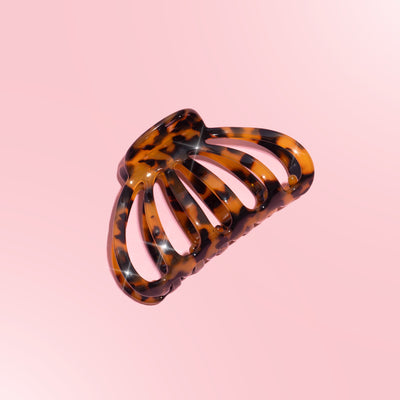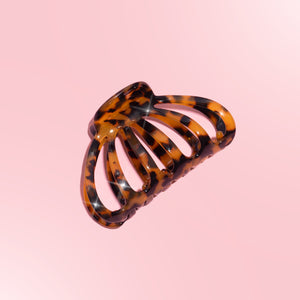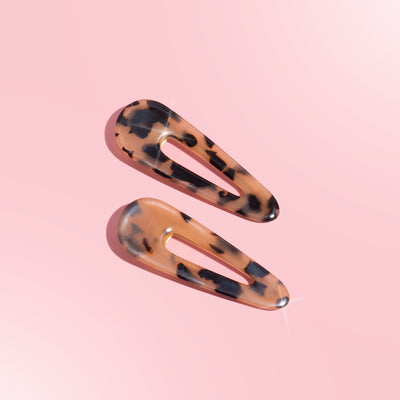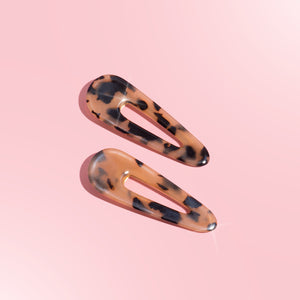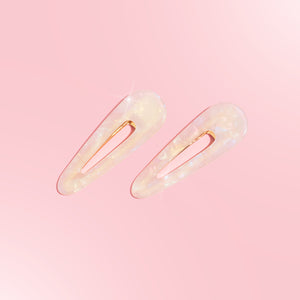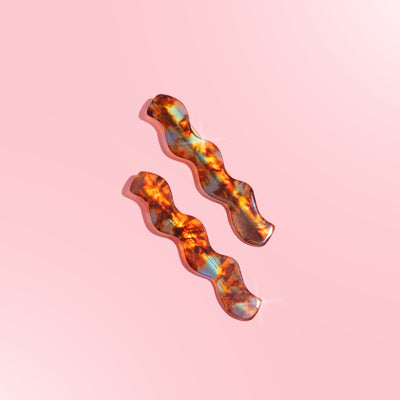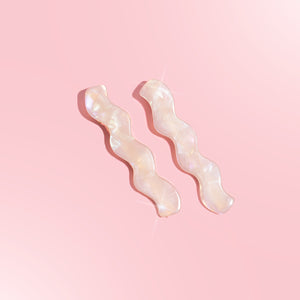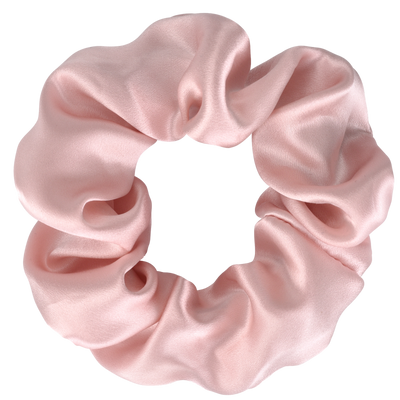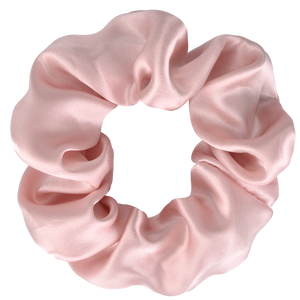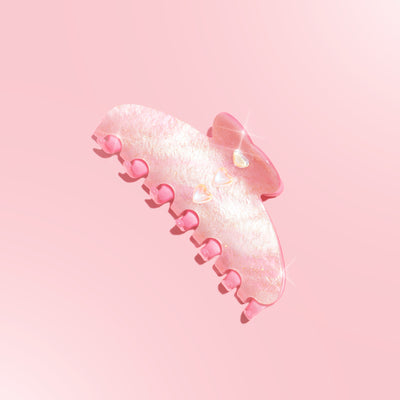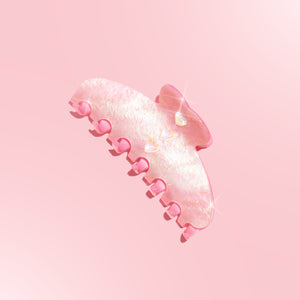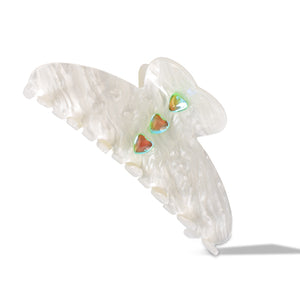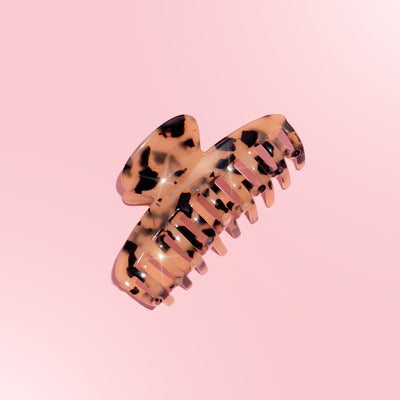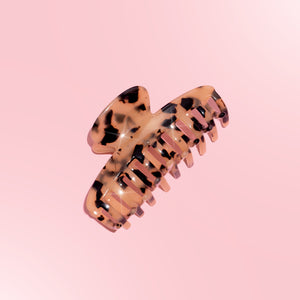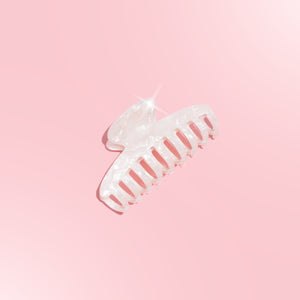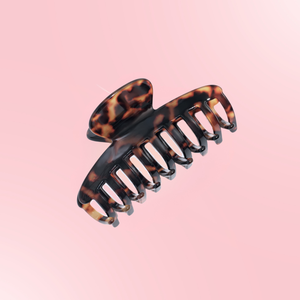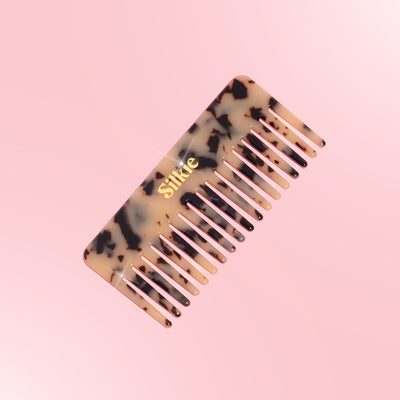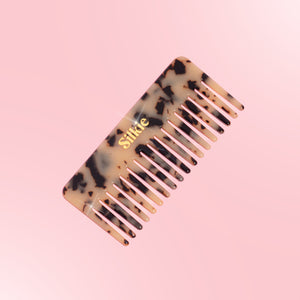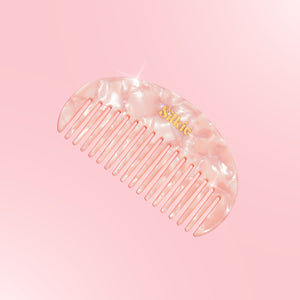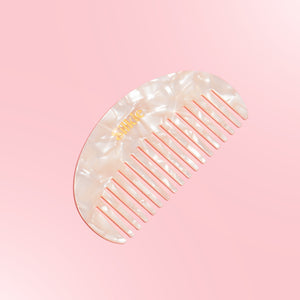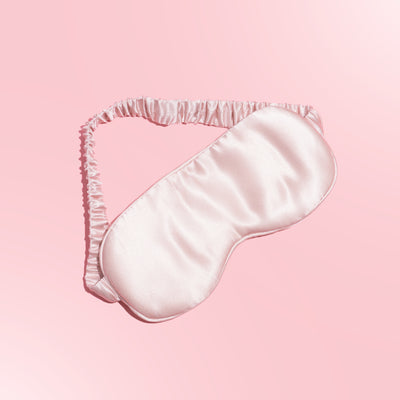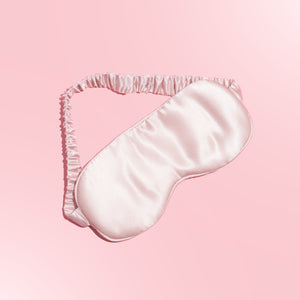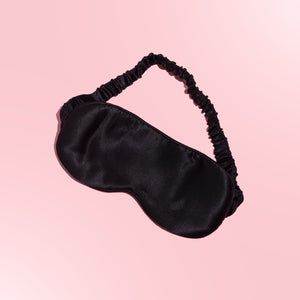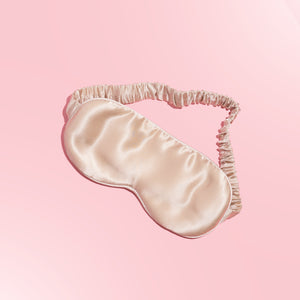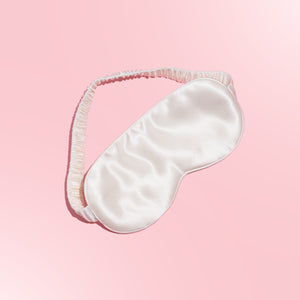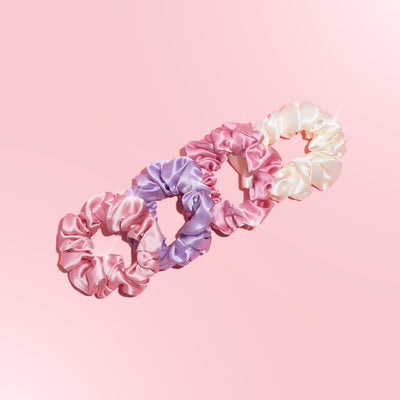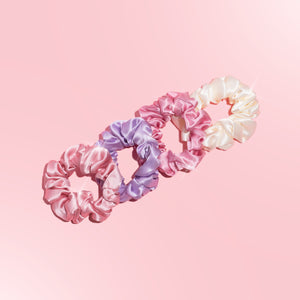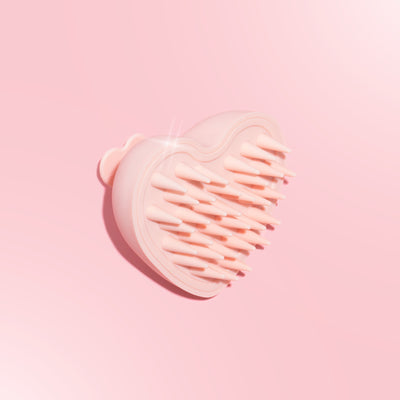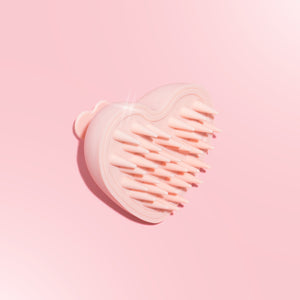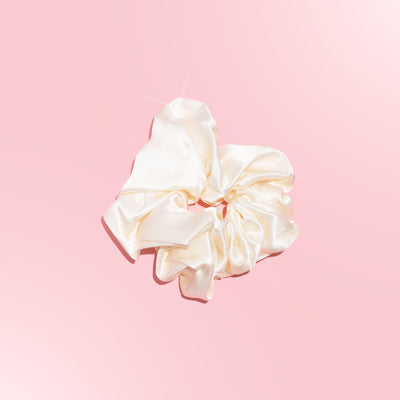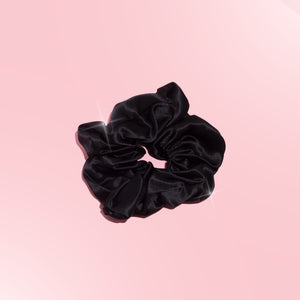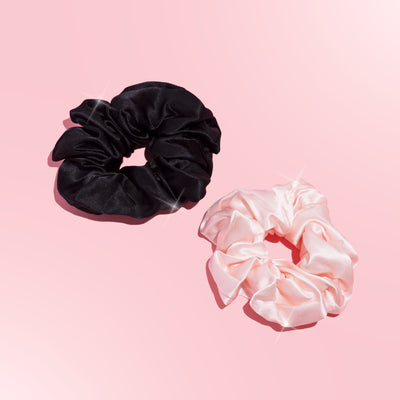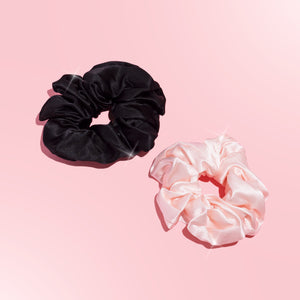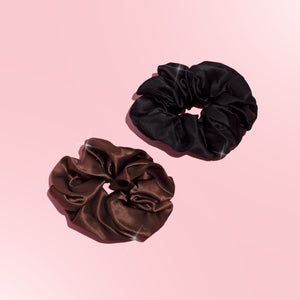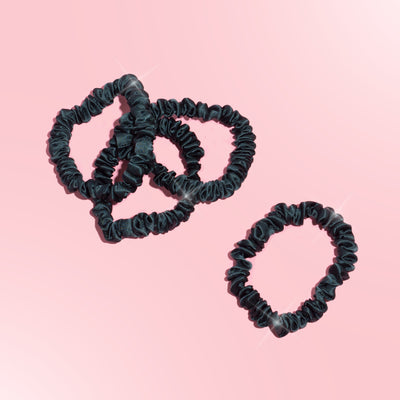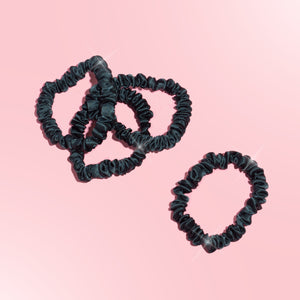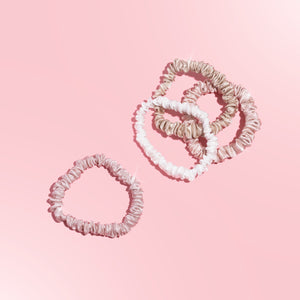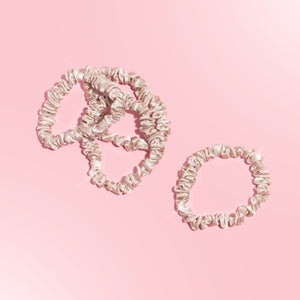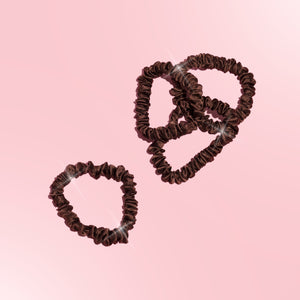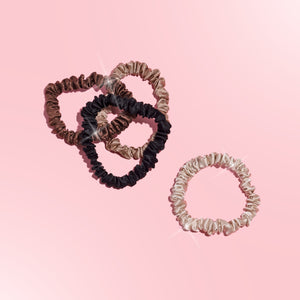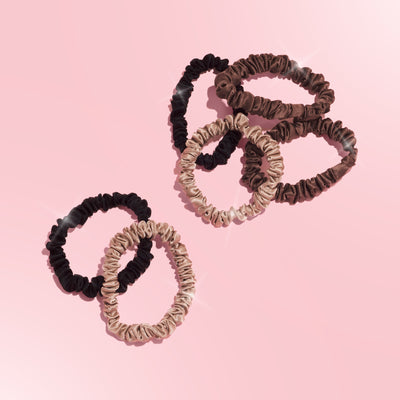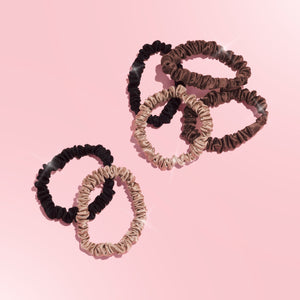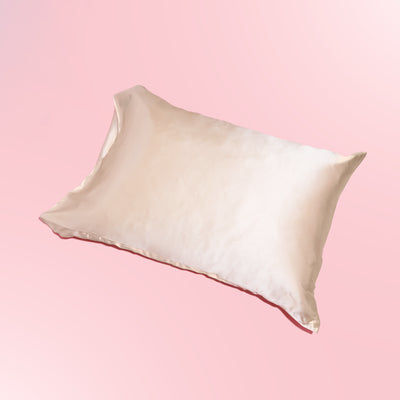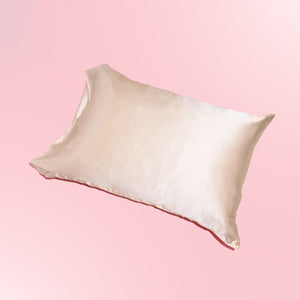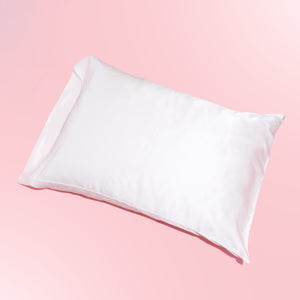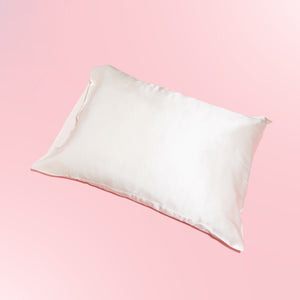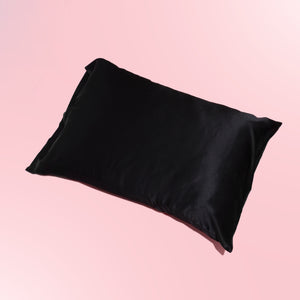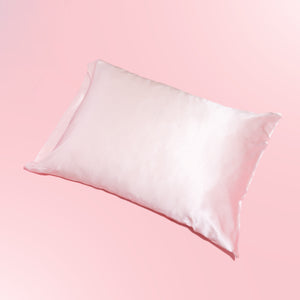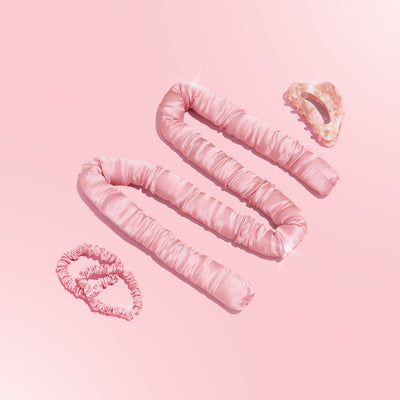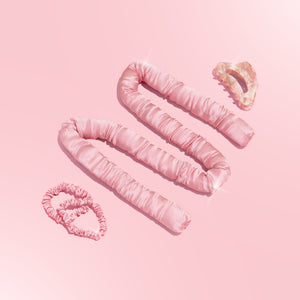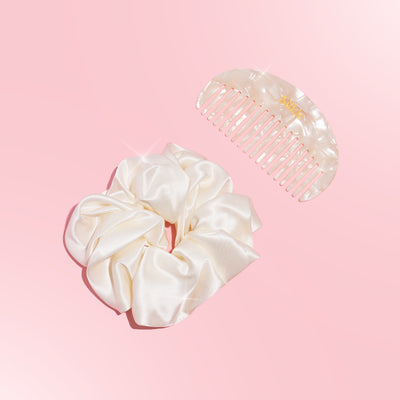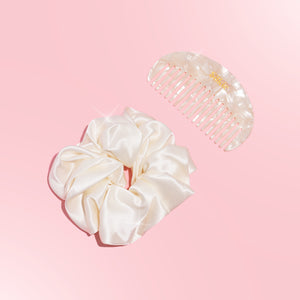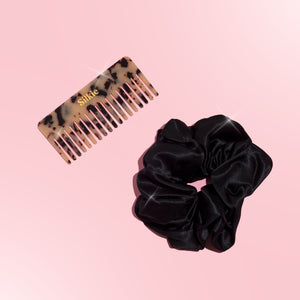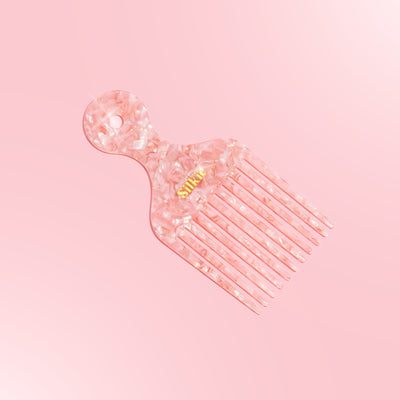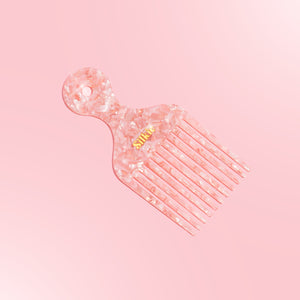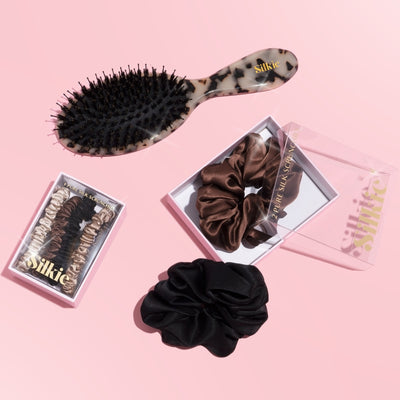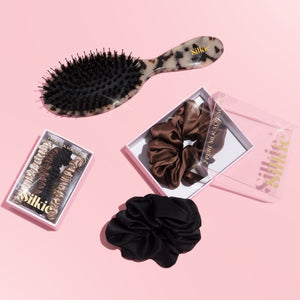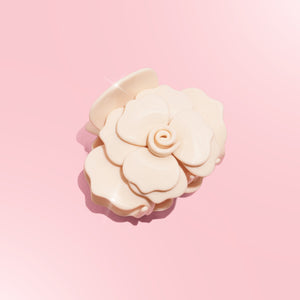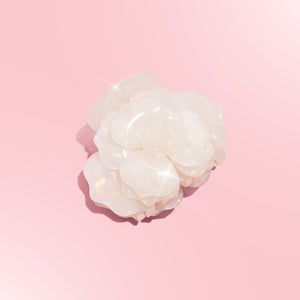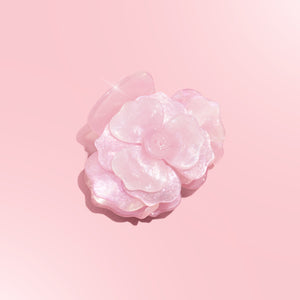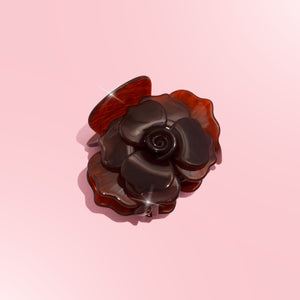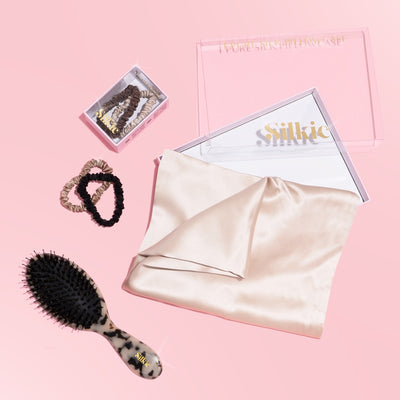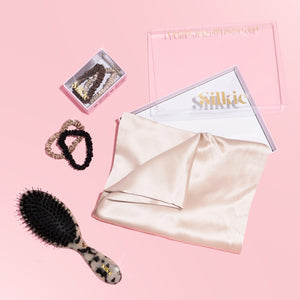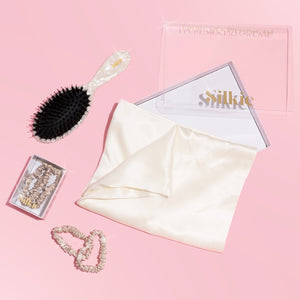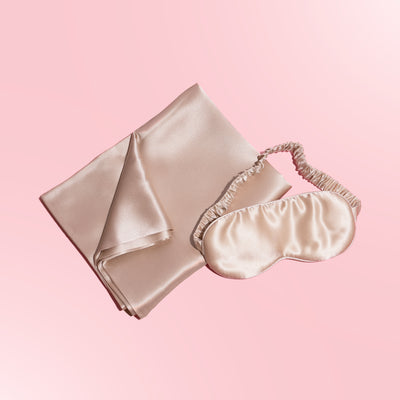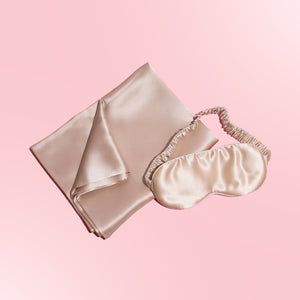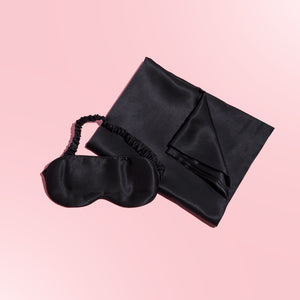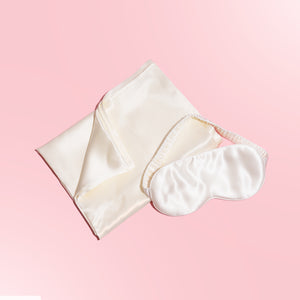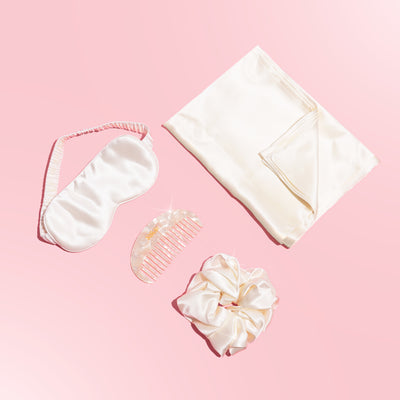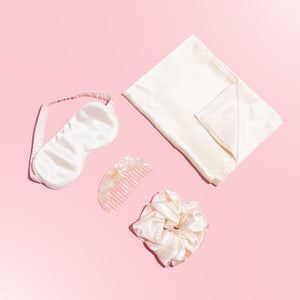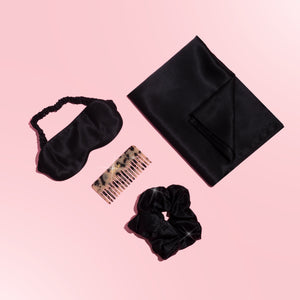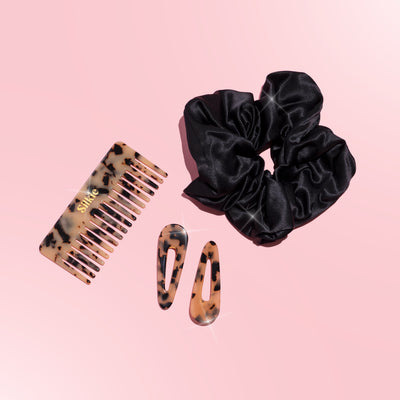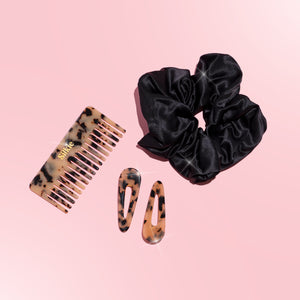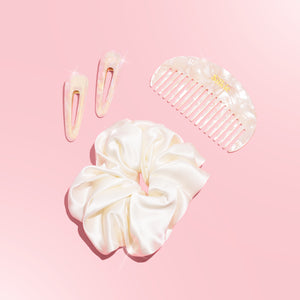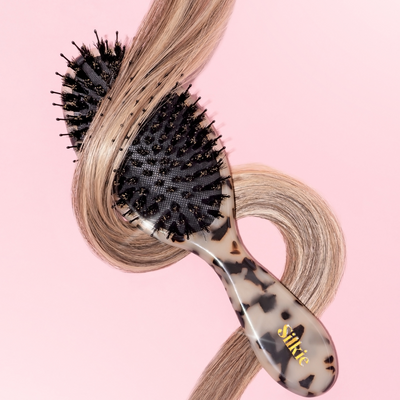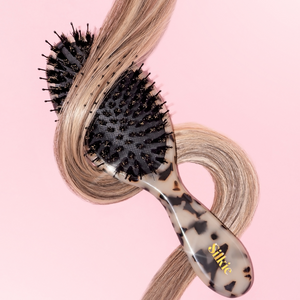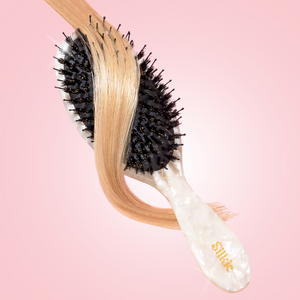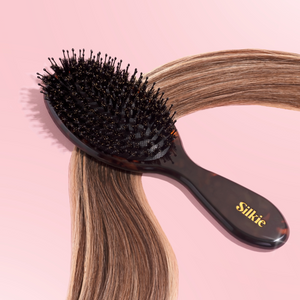How to Prep Your Hair for Changing Seasons
Your seasonal hair survival guide starts here.
Just like your wardrobe shifts when the weather changes, your haircare routine should too. Whether you’re moving from humid summer heat to crisp fall air or from dry winter winds into spring blooms, your hair feels those changes — and reacts accordingly. Think frizz, dryness, shedding, or even extra oiliness. The trick? Staying one step ahead.
In this blog, we’re diving into how to prep your hair for changing seasons — with practical, easy-to-follow tips that work no matter your hair type. And of course, we’ll talk about how Silkie’s luxurious products (like our 100% mulberry silk pillowcases and gentle silk scrunchies) can keep your hair healthy, hydrated, and resilient through every shift in weather.
Let’s break it down.
Why the Seasons Affect Your Hair in the First Place
Your scalp and hair are both highly responsive to climate. Here's how each season can impact your strands:
-
Winter: Cold air and indoor heating zap moisture, leading to dry, brittle strands and static.
-
Spring: Pollen, wind, and increased humidity can make hair frizzy and trigger scalp irritation.
-
Summer: UV rays, saltwater, and chlorine strip the hair of its natural oils.
-
Fall: Cooler temps and less humidity can cause shedding and dryness.
So how do you adapt?
1. Start With a Trim
The beginning of a new season is the perfect time to get a trim — not necessarily a full cut, but just enough to snip off dry, damaged ends. This gives your hair a fresh start and helps prevent split ends from traveling up the strand.
Pro Tip: Regular trims every 8–12 weeks promote healthier growth and minimize breakage — especially important when transitioning from a high-damage season like summer.
2. Deep Condition More Often
Changing temperatures often mean your hair’s moisture levels are thrown off. In the colder months, moisture gets stripped. In warmer weather, humidity can leave hair frizzy and unmanageable. Deep conditioning treatments restore balance.
Look for treatments with ingredients like:
-
Shea butter
-
Argan oil
-
Coconut oil
-
Hydrolyzed proteins (especially helpful during winter)
Weekly deep treatments help reset moisture levels and keep your hair soft and strong.
3. Switch Up Your Products
Not every product works year-round. You may need lighter formulas in summer and heavier, more moisturizing products in winter.
Here’s how to adjust:
-
Summer: Use anti-humidity sprays, UV protectant mists, and clarifying shampoos to remove buildup from sweat, sunscreen, and saltwater.
-
Winter: Incorporate heavier oils, hydrating masks, and sulfate-free, creamy cleansers to avoid stripping your scalp.
4. Treat Your Scalp
Your scalp is skin, and it’s often the first place to show signs of seasonal stress — think flaking in winter or greasiness in summer. Seasonal shifts are a great time to do a scalp detox using exfoliating scrubs or clarifying masks.
Massage your scalp regularly to boost circulation, reduce buildup, and stimulate hair growth — bonus points if you use a scalp-friendly oil like jojoba or tea tree.
5. Upgrade Your Sleep Routine
This is where Silkie comes in. During season transitions, especially winter and fall, your hair is more prone to breakage from dryness. Sleeping on a Silkie 100% mulberry silk pillowcase helps retain your hair’s natural moisture, reduces friction (so less frizz and fewer tangles), and keeps your style intact overnight.
Add in a Silkie silk scrunchie to tie up your hair without creasing or tugging, and you’ve got a hair-friendly sleep environment that works with your routine — not against it.
Explore our full range at www.shopsilkie.com
6. Add Protection Before Heat and Sun Exposure
Seasonal change often means more styling (hello, fall blowouts or summer beach waves) or more time outdoors. Protect your strands with:
-
Heat protectant sprays before styling
-
Leave-in UV sprays during sunny seasons
-
Hydrating serums to shield from wind or dry air
And don’t forget: Air-drying when possible will always be gentler, especially when you wrap damp hair in a silk hair towel instead of a rough cotton one.
7. Hydrate From Within
Seasonal prep isn’t just about what you put on your hair — it’s also about what you feed your hair. Hydrate more in dry weather, and consider adding seasonal, nutrient-rich foods to your diet:
-
Omega-3 fatty acids (salmon, flaxseeds)
-
Biotin (eggs, avocados)
-
Vitamin E (nuts, spinach)
When your body is nourished, your hair reflects it.
Final Thoughts
Your hair needs change just like the seasons — and adapting your routine doesn’t have to be complicated. With regular trims, the right products, and nighttime protection from Silkie silk pillowcases and scrunchies, you can transition seamlessly while keeping your hair healthier, shinier, and stronger year-round.
Ready to give your hair the seasonal refresh it deserves?
Browse Silkie’s full collection and find your perfect match for the months ahead.
Haircare that works as hard as you do — no matter the season.
